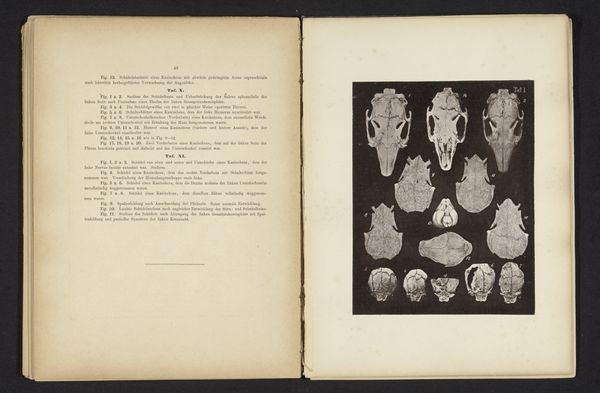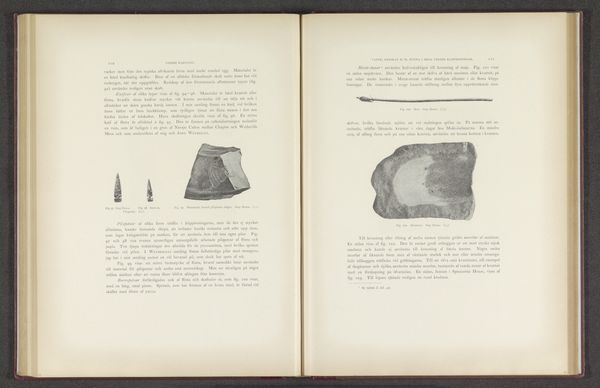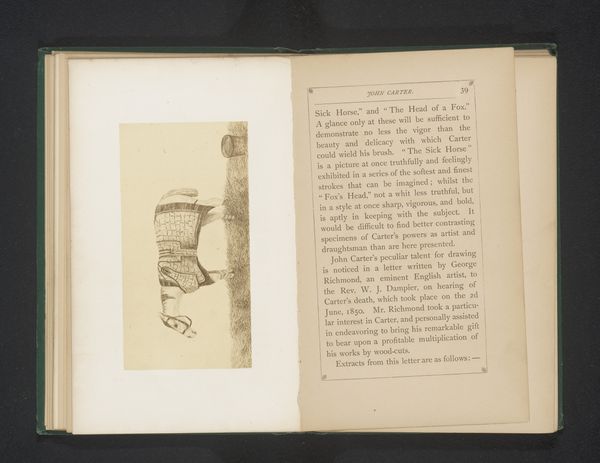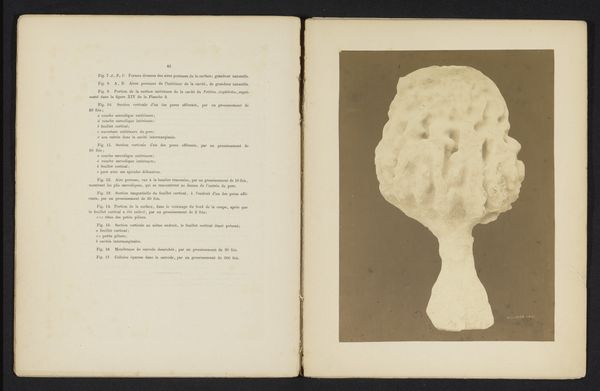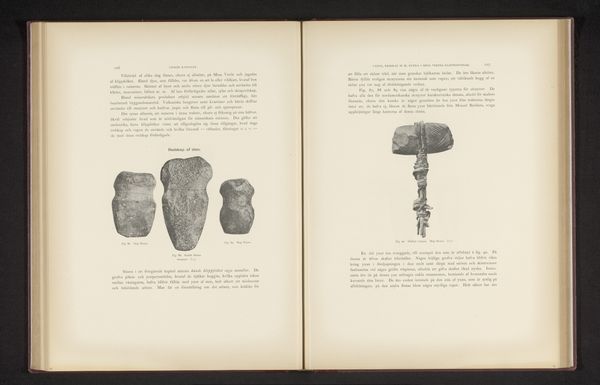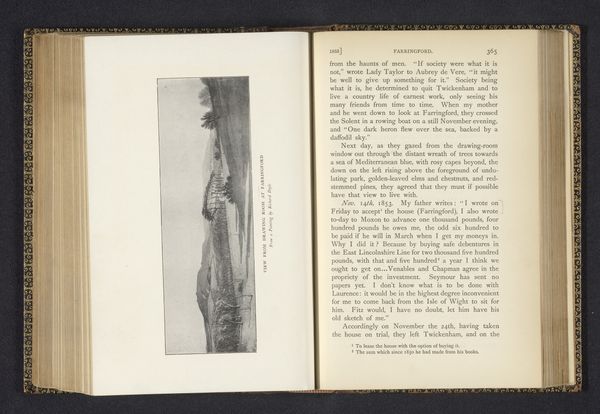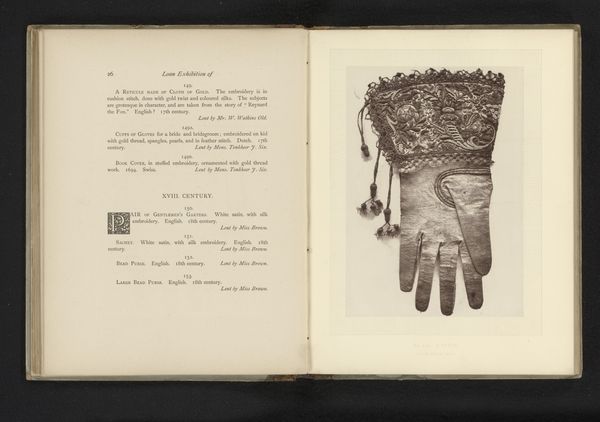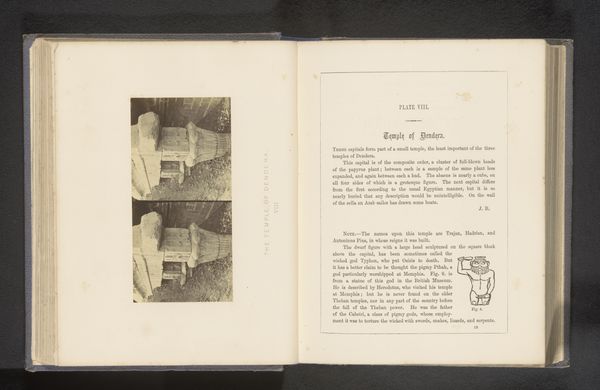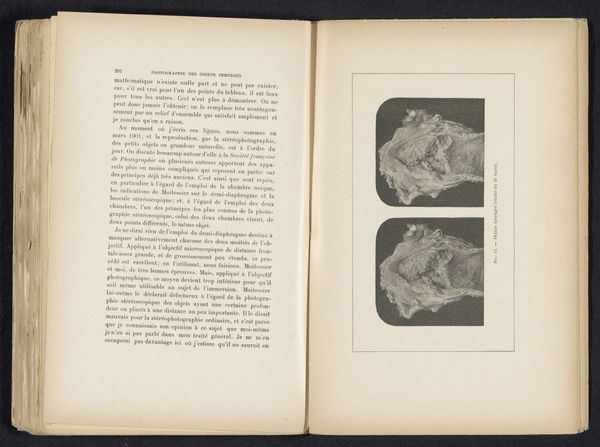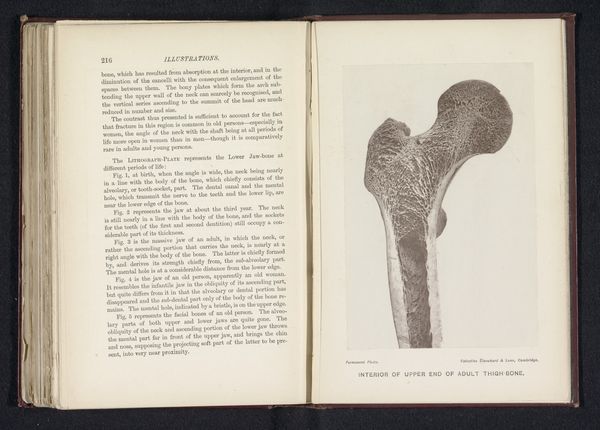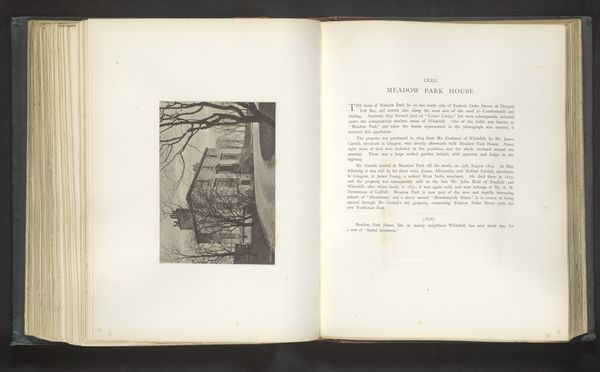
print, photography
# print
#
book
#
text
#
photography
#
ancient-mediterranean
Dimensions: height 94 mm, width 120 mm
Copyright: Rijks Museum: Open Domain
This small-scale sculpture of a bull-man, or lamassu, was carved by an unknown hand from marble. The material itself is telling: marble is of course a metamorphic rock, transformed by intense heat and pressure over millennia. Here, the sculptor has worked with considerable skill, using tools like chisels and rasps to give the material a new form. The lamassu were potent symbols in ancient Mesopotamia, often placed as guardians at the entrances of palaces. They were typically rendered in a grand scale, carved from imposing blocks of limestone or alabaster. The choice of marble, and the intimate size of this piece, indicates a more personal engagement with the motif. Perhaps it was intended as a votive offering, or a talisman. Whatever its original purpose, this sculpture testifies to the enduring power of images and the human impulse to give them material form. It also reminds us that artistic traditions are not static, but constantly adapted and reinterpreted through the creative process.
Comments
No comments
Be the first to comment and join the conversation on the ultimate creative platform.
